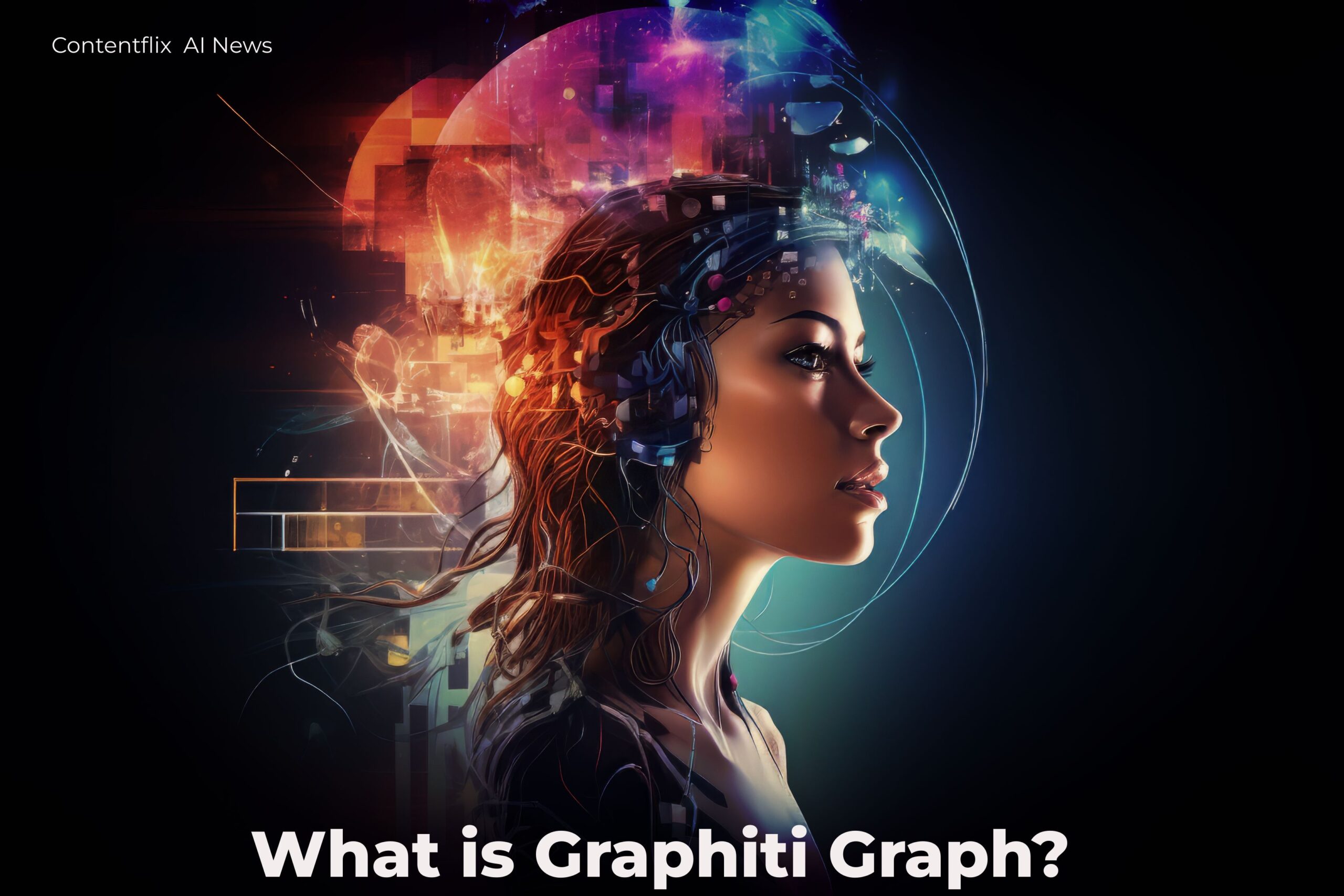Table of Contents
ToggleGraphiti is an open-source tool designed to build dynamic, evolving knowledge graphs that show complex relationships over time. Unlike traditional knowledge graphs, Graphiti not only captures static data but also tracks changes and maintains historical context. It uses both unstructured and structured data, allowing for queries using a mix of time-based, full-text, and semantic search methods.
What Makes Graphiti Different?
Most knowledge graphs are static, simply connecting facts in a network. Graphiti, however, offers more:
- Temporal Awareness: It tracks how facts and relationships change over time, letting you query information from specific points in history.
- Episodic Processing: Data is added in small chunks, or episodes, which helps keep track of where information comes from and allows for step-by-step extraction of entities and relationships.
- Hybrid Search: Graphiti combines different search methods, including semantic search and full-text search, and ranks results based on their distance from a central node.
- Scalability: Built to handle large amounts of data, Graphiti can process bulk information while keeping the order of events intact.

How You Can Use Graphiti
Graphiti is perfect for creating smart applications like:
- Assistants that Learn: These can use Graphiti to blend personal user knowledge with data from business systems like CRMs and billing platforms.
- Autonomous Agents: These agents can perform complex tasks by reasoning with state changes from various sources.
Getting Started with Graphiti
To use Graphiti, you’ll need Python 3.10 or higher, Neo4j 5.21 or higher, and an OpenAI API key. The easiest way to install Neo4j is with Neo4j Desktop. You can install Graphiti using pip or poetry:
pip install graphiti-core
or
poetry add graphiti-core
Community and Support
Graphiti is an open-source project, meaning anyone can contribute or use it. The team is actively working on adding new features like better CRUD operations for nodes and edges, improving search options, and allowing custom graph schemas. If you’re interested in contributing or need help, join the Zep Discord server and head to the #Graphiti channel.
Documentation and Future Plans
Detailed guides and API documentation are available to help you get started. Plans for the future include improving performance and scalability, expanding test coverage, and adding more options for knowledge representation.

[…] of generative AI models like ChatGPT and Midjourney. “I find it particularly disappointing that generative AI is used to search the Internet,” she says. Unlike traditional search engines that simply retrieve […]